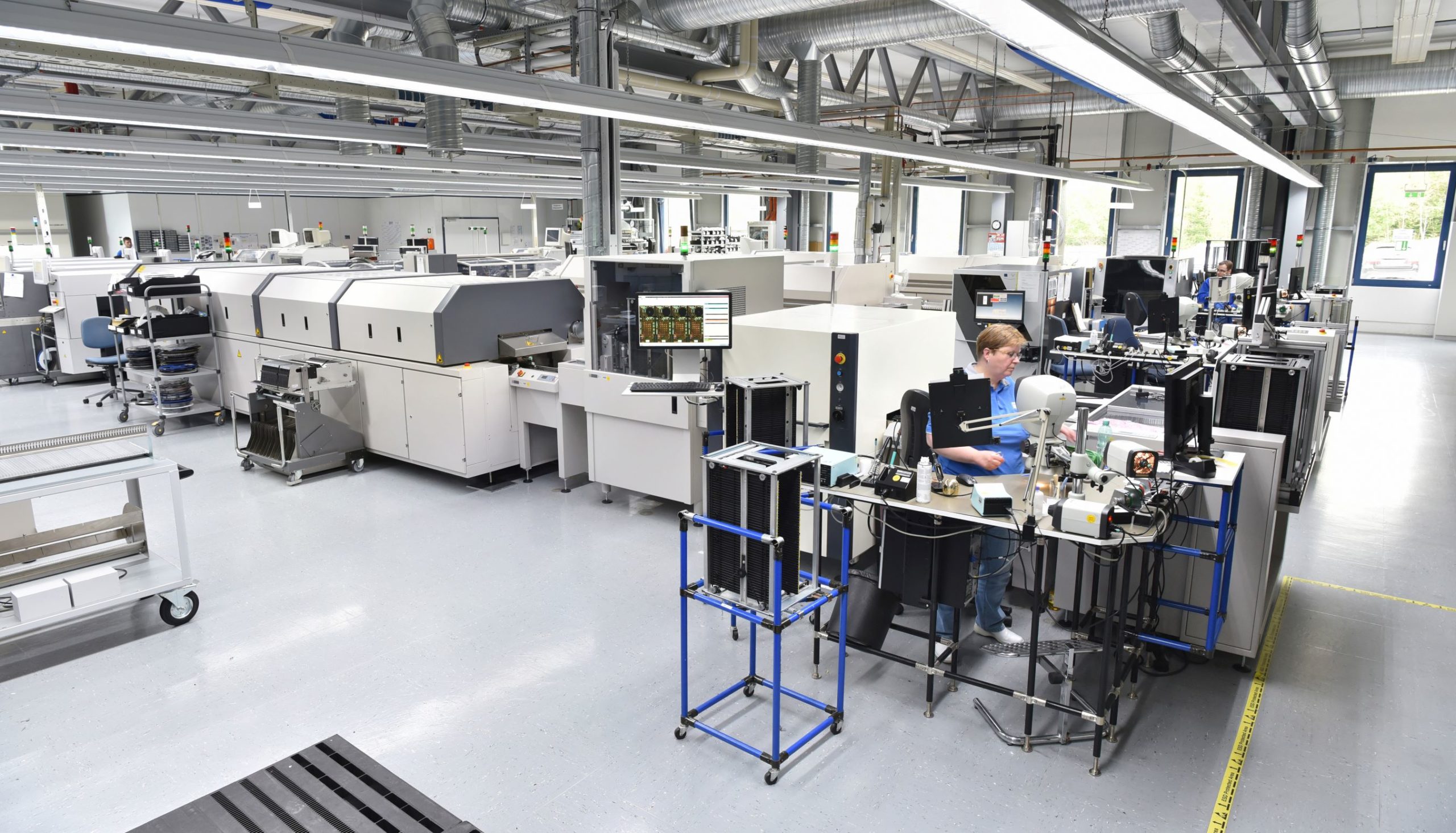Uitdaging
Onze klant had te maken met een sterke groei in de marktvraag naar zijn producten. De strategische reactie hierop was een verbreding van de verkoopkanalen: van uitsluitend B2B (Business to Business) naar ook B2C (Business to Customer). Op het moment dat Axisto werd gevraagd om te helpen, stond deze transitie nog in de beginfase.
Bij onze opdrachtgever had de vraag naar nieuwe productvarianten, wijzigingen in engineeringdesign en product aanpassingen geleid tot een ware tsunami aan werk, waardoor de innovatieafdeling werd overspoeld. Deze werklast zorgde ervoor dat er fouten werden gemaakt, doordat mensen haastig engineeringwijzigingen doorvoerden zonder de juiste procedures te volgen. Hierdoor kwamen steeds meer ontwerpfouten aan het licht zodra de producten in de productie terechtkwamen. In dit late stadium van het proces waren de kosten in tijd en inspanning om deze fouten te herstellen enorm, waardoor middelen werden afgeleid van kernactiviteiten. Een ander groot probleem was het aantal nieuwe productontwikkelingen dat niet voldeed aan klantvereisten en werd afgekeurd voordat het de productie bereikte.
Door capaciteits- en competentiebeperkingen kreeg de afdeling te maken met een toenemend aantal ‘crash actions’ — productieproblemen en productontwerpen die niet aan klantvereisten voldeden en veel te laat werden ontdekt in het proces van nieuwe productontwikkeling en -introductie. Deze incidenten zorgden ervoor dat projecten die wél op schema lagen, werden verdrongen en nog meer waardevolle tijd en middelen opslorpten.
De afdeling had geprobeerd om vooruit te lopen door extra personeel aan te nemen, maar de instroom van zeer capabele maar relatief onervaren medewerkers leidde er alleen maar toe dat nog meer middelen werden weggetrokken uit de gebieden waar de expertise lag. De gevolgen van deze vicieuze cirkel waren in het hele bedrijf voelbaar: van gemiste verkoopkansen en product recalls tot overwerk in de productie en een almaar toenemend aantal crash acties.
Aanpak
Axisto werd gevraagd om te helpen deze negatieve spiraal te doorbreken. Voor de lopende crash actions was het inmiddels te laat, dus de focus lag op het achterhalen van de kernoorzaak van het probleem en het voorkomen van toekomstige fouten.
De klant beschikte over een wereldklasseproces voor nieuwe productontwikkeling; het was goed gedocumenteerd en voor alle medewerkers beschikbaar via het intranet. Het proces was duidelijk gedefinieerd, goed bewezen en gebaseerd op Design for Six Sigma (DFSS). In eerste instantie was niet duidelijk wat het probleem precies was, en we vroegen ons af of het door het hoge volume aan nieuwe productaanvragen en engineeringwijzigingen misschien simpelweg een capaciteitsprobleem was; echter, deze aannames moesten onderzocht worden om ze te kunnen bevestigen of ontkrachten.
We begonnen met het analyseren van de huidige crash actions en de manier van werken. Via een reeks workshops met de medewerkers van de innovatieafdeling, waarin we gebruikmaakten van oorzaak-en-gevolg-analyse, konden we de theorie (het benchmarkproces) vergelijken met wat er in de praktijk daadwerkelijk gebeurde. Uit deze workshops kwamen de volgende observaties naar voren:
- Te veel kennis zat in de hoofden van zeer ervaren ontwikkelaars en was niet gemakkelijk toegankelijk voor collega’s. Het gevolg was dat deze zeer ervaren medewerkers in te veel projecten tegelijk werden betrokken, wat extra vertragingen en herstelwerk veroorzaakte.
- Er was onvoldoende zakelijke sturing. Dit betekende dat fundamentele proces- en productplatformontwikkeling vaak te laat werd gestart. De daadwerkelijke product- en platformontwikkeling raakte met elkaar verweven binnen dezelfde projecten, wat allerlei vertragingen en herstelwerk tot gevolg had.
- Het gebrek aan duidelijke richting zorgde voor een rommelig innovatieprojectenportfolio: er waren geen duidelijke besliscriteria voor het starten of afwijzen van projecten, het aantal actieve projecten was te groot en er was onvoldoende helderheid over projectprioriteiten
In termen van soft systems bleek het probleem een complex vraagstuk te zijn: de problemen waren veelzijdig en er bestond niet één soort oplossing. In plaats daarvan moesten verschillende vraagstukken worden aangepakt met een reeks uiteenlopende oplossingen.
Axisto werkte samen met het team van de klant om een projectkader te co-designen dat recht deed aan het veelzijdige karakter van het probleem. Er werden vier werkstromen gedefinieerd:
- Business Planning
- Portfoliomanagement
- Projectmanagement
- Kennisborging en ontwerprichtlijnen
In elke situatie waarin zelfversterkend gedrag een rol speelt, moet dat gedrag worden stopgezet zodat nieuwe gedragingen, processen en systemen kunnen worden geïntroduceerd. We moesten de “ruis” verminderen die bestond binnen de veelheid aan projecten in het portfolio. Dit was geen gemakkelijke taak. Ingenieurs en productontwerpers die innovatieve producten ontwikkelen, hebben een sterk gevoel van eigenaarschap en een fundamentele drijfveer om hun ideeën te realiseren als onderdeel van hun behoefte aan zelfverwezenlijking. Bij het aanbrengen van aanpassingen in het portfolio was het daarom noodzakelijk om met grote diplomatie, tact en empathie te werk te gaan, zodat mensen zich ervan verzekerd voelden dat hun ideeën niet werden afgewezen, maar slechts opnieuw gestructureerd in termen van tijd en middelen.
Deze langdurige en moeilijke taak werd met succes afgerond en resulteerde in een reductie van 70% in het aantal “live” projecten. Het team prioriteerde de projecten, stelde een resourceplanning op en definieerde regels voor hoeveel tijd medewerkers per week aan een project mochten besteden en aan hoeveel projecten ze tegelijkertijd konden werken. Hierdoor kon het team het werk voor de toekomst gaan prioriteren en plannen, wat ervoor zorgde dat er weer een gevoel van controle ontstond binnen de afdeling en de rust terugkeerde. Prioriteitsprojecten werden herbeoordeeld en de benodigde middelen geanalyseerd, wat leidde tot een meer gecontroleerd proces voor personeelsontwikkeling om de verwachte productontwikkelingstijdlijnen te kunnen realiseren.
Een andere maatregel die werd ingevoerd, was een systeem voor kennisborging om belangrijke ontwerp- en engineeringsregels vast te leggen en te identificeren die betrekking hadden op diverse productplatforms. Dit had als voordeel dat cruciale kennis, die onbedoeld in de hoofden van verschillende mensen zat opgesloten, werd ontsloten. Door een bredere groep toegang te geven tot deze informatie, nam de effectiviteit van de hele afdeling toe.
Resultaten
Binnen acht maanden had het bedrijf de controle teruggewonnen over het proces van innovatie tot marktintroductie:
- De time-to-market werd gehalveerd, wat de concurrentiepositie van het bedrijf aanzienlijk versterkte.
- De projectportefeuilles waren volledig afgestemd op de groeistrategie van het bedrijf.
- De betrouwbaarheid richting de markt keerde terug naar 100% van de aan klanten toegezegde leverdata.
- Financiële voordelen van €11,5 miljoen werden gerealiseerd.
“Dit project heeft de broodnodige doorbraak gerealiseerd; het heeft het vertrouwen van onze klanten en van het topmanagement in ons hersteld.”
– Business Unit Manager
Latere sitebezoeken hebben aangetoond dat de samenwerking met Axisto het dalende marktaandeel heeft omgebogen en ertoe heeft geleid dat de klant een groter deel van de markt heeft veroverd, wat heeft bijgedragen aan een stijging van de bedrijfswaardering.
De klant heeft inmiddels zijn strategie gewijzigd van uitsluitend Business to Business (B2B) naar ook Business to Customer (B2C). Het is duidelijk dat het werk dat in het kader van het Axisto-project is uitgevoerd, ervoor heeft gezorgd dat deze uitbreiding succesvol was. De controle en discipline die nu zijn ingevoerd, stellen het bedrijf in staat om zijn marges te bewaken en de winstgevendheid te beschermen in een agressieve markt.





